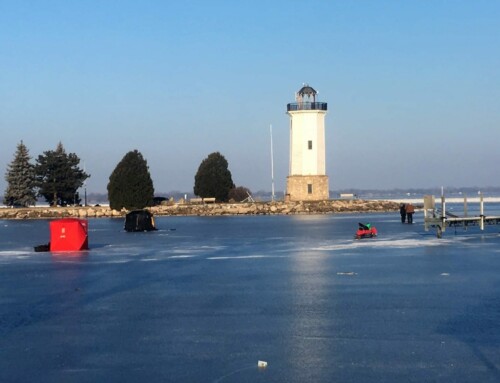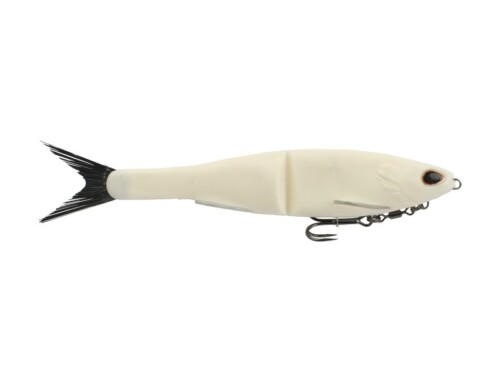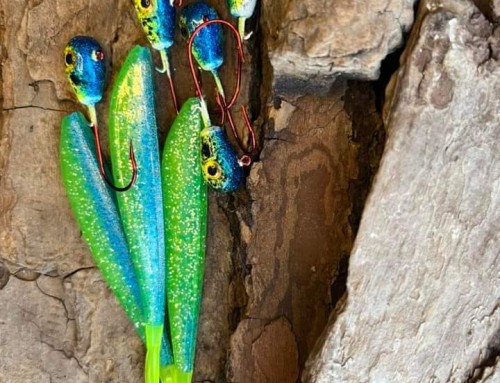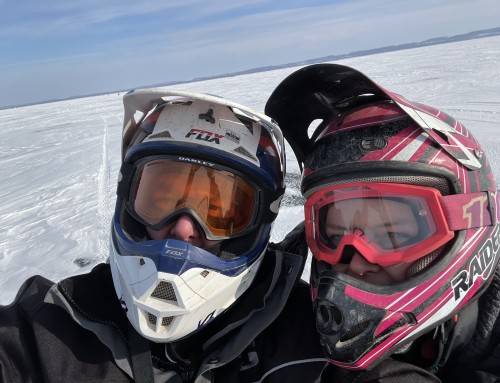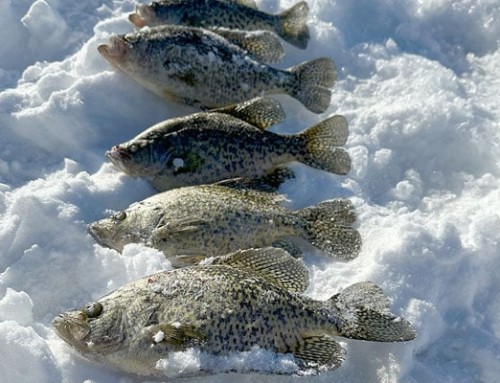By Mark Schram
The Fox River (WI Green Bay) has seen its share of activity over the past ten days despite the COVID-19 outbreak and mandates. Variable weather patterns have altered the moods of the fish, and daily windows of feeding activity were standard for spawning walleyes. Water clarity has been good for the Fox River, with about 18-24 inches common most days.
Water temps peaked on Thursday April 9th at 45 degrees and have been on a steady decline ever since. Current water temperatures, at the start of the cold front are 42 degrees and are expected to decline with the sub-freezing air temperatures during mid-week this week.
Water current levels have been steady, but the recent snowfall could push river current levels up in the coming days. Typically, ether a ¼ ounce or 3/8-ounce jig are enough.
Walleyes are in various stages of spawn in Green Bay. A solid mix of pre-spawn, post spawn and actively spawning walleyes were seen this past week, with most of the fish caught being post spawn. This can be considered normal as post spawn walleyes feed heavier than pre-spawn and actively spawning fish.
This season has been somewhat inconsistent due to the weather, as waves of spawning activities have been seen and then have shut down. I would fully expect this to be the case going into the back half of April based on the current forecasts, but the biggest waves of walleyes have already spawned.
Post spawn fish have either moved into the shallow flats or rode the river flow back to the bay. The post spawn fish riding the flow back to Green Bay can be seen in the center river channel, riding high in the water column. For the most part, these “riding” walleyes are not feeding.

Better than 75% of anglers are pitching baits at this point during the day light hours. By far, Rapala Ripping raps are the bait of choice for many anglers (size 6 or 7). While many colors are working, purple seems to be outshining all other colors. Two presentations are being used with a vertical pop being the most common on warmer days. When the weather is colder, a horizontal and slower presentation can be deadly. In either case, braided line becomes super important in the setup. Braided line does not have as much give as monofilament line, so hookups are higher with the braided line. My favorite is Suffix 832 in the 14-20-pound test. Colored lined (yellow) can also be essential to detect hits in the slack moments of the retrieve. Furthermore, increasing the size of the treble hook on the back of the Rippin Rap can increase catch rates.
Jigs and plastics have been good also. Chartreuse has been a critical color, either on the jig head or plastic bodies. My best combination has been the yellow jig head tipped with a goby colored plastic. Hair jigs can also be used. Live bait has been adequate, but artificial have been better. One caveat, slow the presentation down significantly when in cold front conditions.
The night bite has attracted more anglers than the day bite. During this evening timeframe, trolling the flats has been very common and crowded – Almost too busy to operate on some nights. Many of these bites have been reaction bites, and bait size and shape have been less critical than other times of the year. Color – purple and green have been strong, but pink has not been very useful. Our experiences have been the fish want the lure headed into the river current, and are less likely to bite with presentation going with the flow. Speed was critical, and one-tenth of an mph could make a big difference.
One oddity in 2020 is that the De Pere dam is getting limited action. On an average year, the banks are full of anglers, and you could walk across the boats. Many times, this week, only a couple of boats have been at the dam. It could be that the H2H tournament live online coverage has taught fishermen to fish this system differently.
Just a note that the Peshtigo and Oconto boat launches are closed, based on the decisions made by the cities related to COVID-19.
I haven’t gotten too many reports from the Winnebago system, so there is not much to report but have heard small to medium-sized male walleyes are common.

